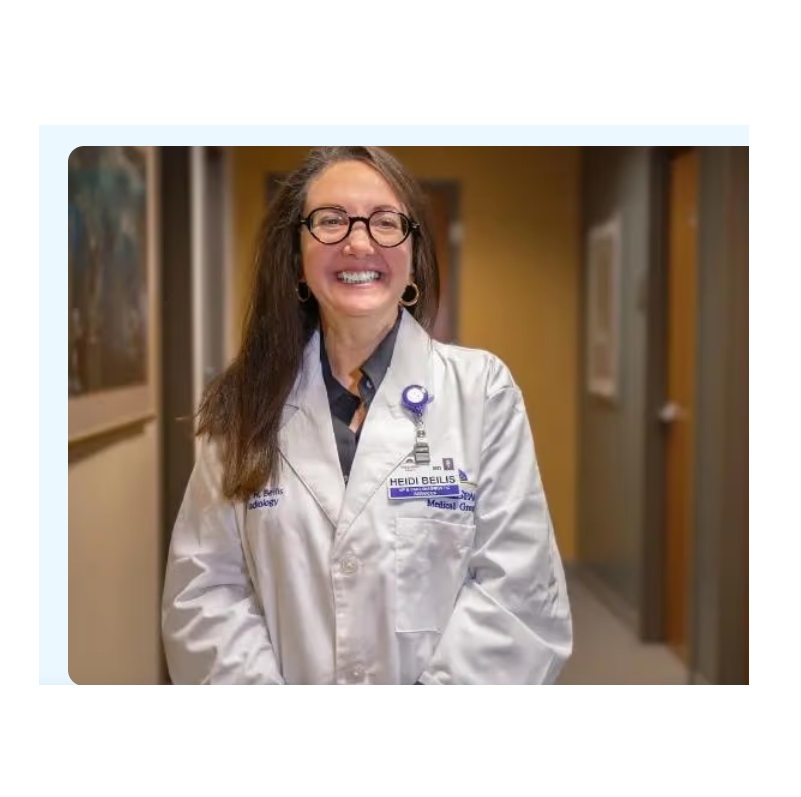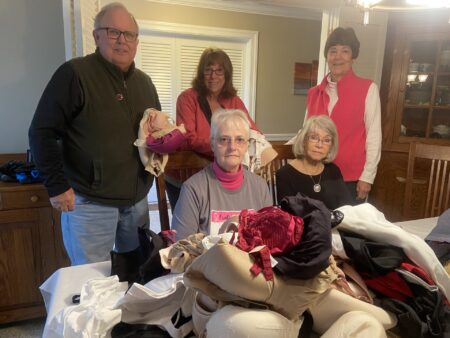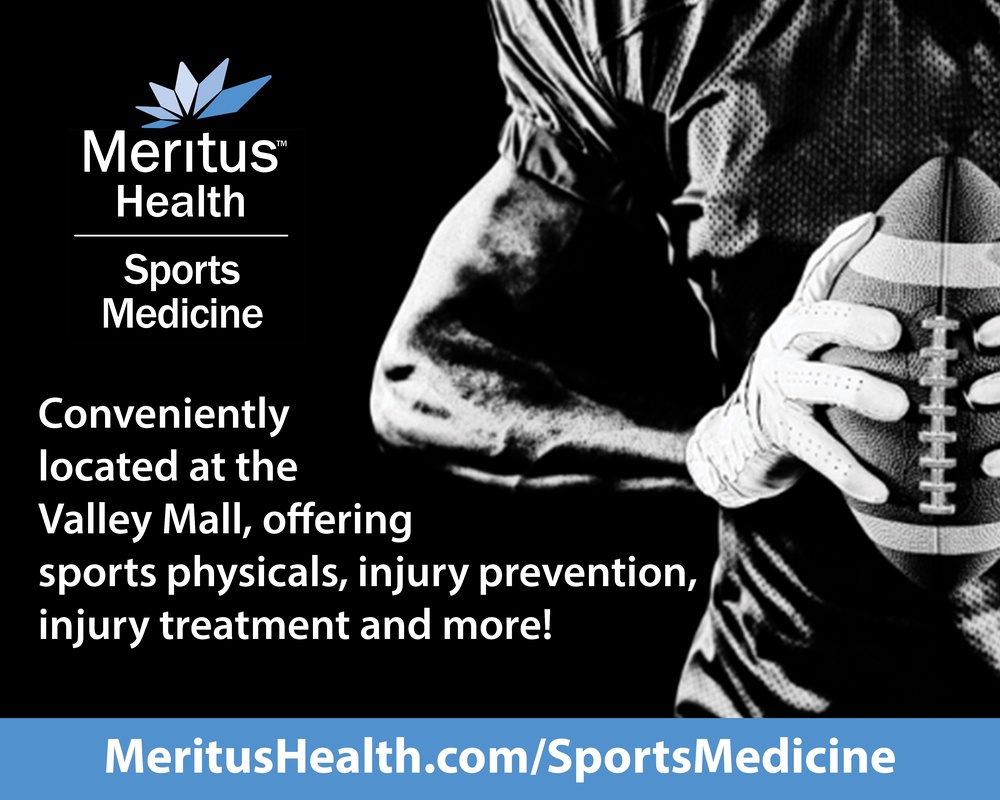YORK – WellSpan is using artificial intelligence (AI) to enhance its evaluation of screening mammograms, helping radiologists to quickly and accurately analyze the images to detect breast cancer.
“It improves our accuracy,” said Dr. Heidi Beilis, vice president and chief medical officer of diagnostic services. “It is truly a second pair of eyes. We have the physician plus the AI solution. The AI may highlight an area of the breast and say, ‘Don’t overlook this.’ and, in minutes, taps the radiologist on the shoulder to help point out an area of concern.”
In the United States, one out of eight women will develop breast cancer. The earlier the cancer is detected, the faster care can be delivered, increasing the chance of survival.
AI training
AI engineers have developed software that looks for patterns in the breast which may indicate areas of possible cancer.
The AI solution in use at WellSpan has been trained on more than a million mammograms provided by clinical sources from around the globe. The tool constantly receives new data, allowing it to get better and better at its job.
It’s like having an additional physician review a mammogram and has been clinically proven to enhance the reading accuracy of a radiologist.
AI action
Based on its training, the AI mammography solution:
- Detects any areas that it believes a radiologist should examine more closely, marking them with a diamond or circular shape.
- Assigns the mammographic area of concern an overall score between one and 10. The higher scores indicate a significant area of concern, for further assessment and validation by the physician.
While the technology offers assistance, physicians are still the foundation of the evaluation.
“The area of flagged concern is always and must be validated by a physician,” Dr. Beilis said. “The AI is not reading the mammogram. Artificial intelligence solutions are simply a solution in our toolkit helping the physician escalate areas of concern for rapid evaluation. If the AI highlights an area, and the radiologist agrees that it is a true concern, then we move forward with the next steps of evaluation with the patient.”
AI immediacy
The system is so fast that it can produce results in mere minutes and quickly notify a radiologist of an area of possible abnormality, Dr. Beilis said. Sometimes a radiologist can even let a patient know before she leaves the imaging area that further testing will be necessary. The patient can get this care as quickly as possible, often that very same day.
“We don’t want you to have anxiety for days, until you come back,” she added. “We want to address the problem quickly and give you a one-stop solution to diagnosis, if benign or cancer. We want to get the cancer identified early and treated when it’s completely curable. It is simple; we want to save a life.”
AI accuracy
In WellSpan’s testing of the AI tool, it detected more patients who had an area of concern that needed to be examined more closely. Previously, a mammogram showed an area of concern in about 5.5 patients out of 1,000. But with AI, the hope is to increase that number to eight out of 1,000.
Studies confirm the boost in finding potential concerns. Reading mammograms with the help of AI found 20 percent more cancers than the routine double reading by two different radiologists, according to a study in Sweden.
The Swedish study also had another important result: the use of AI did not increase false positives, or mammograms that appear to have a concerning result, but no cancer is found in the breast. Similarly, WellSpan found its callback rate to patients for areas of concern decreased with the tool.
“We want to make sure we don’t call back people who don’t need to be called back,” Dr. Beilis said. “We don’t want to call back people and cause angst or agitation that is not necessary.”
The AI tool also is helpful in reading mammograms of those with dense breasts, which is determined by the tissue makeup of breasts. Women with more glandular and fibrous connective tissue have denser breasts. Because of their makeup, dense breasts are harder to see through on a mammogram. And women with extremely dense breasts are four to five times more likely to get breast cancer than women with fatty breasts.
WellSpan already uses 3D mammography, which is also helpful in evaluating women with dense breasts. The AI tools further enhance the ability to accurately read these mammograms.
AI next steps
One of the next AI enhancements WellSpan will offer later this year for women’s breast health is a high-risk breast cancer assessment questionnaire. Mammograms are recommended for women ages 40 and older, but those with a higher risk of breast cancer should start getting evaluated at a younger age, even as young as 25.
The key is knowing when you are in that high-risk group, due to your background or personal health history. This is important for the patient and the patient’s family.
“If you have a mom, aunt other family history of cancer, or if you have other risk factors, your physician can guide you through this questionnaire,” Dr. Beilis said. “We want to identify these very young at-risk individuals when the person is curable.”
Administered by a physician, the extensive questionnaire predicts a patient’s breast cancer risk with the assistance of AI, using information from other women that has been collected in a large data base.





















